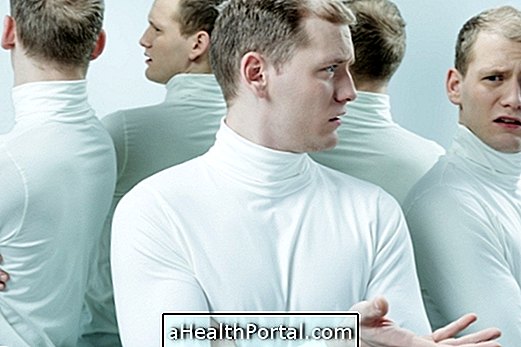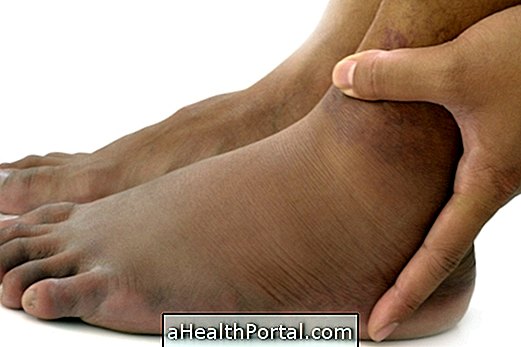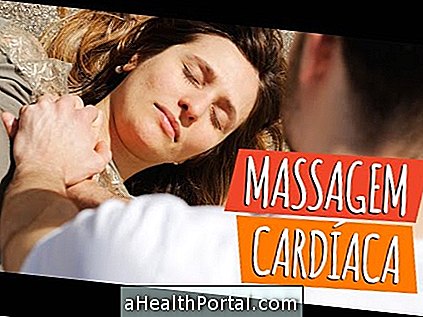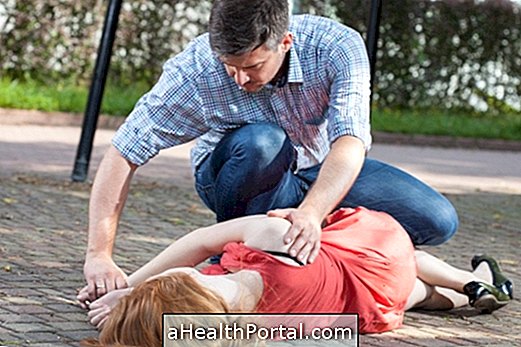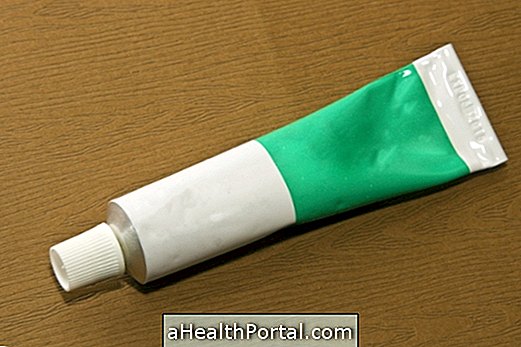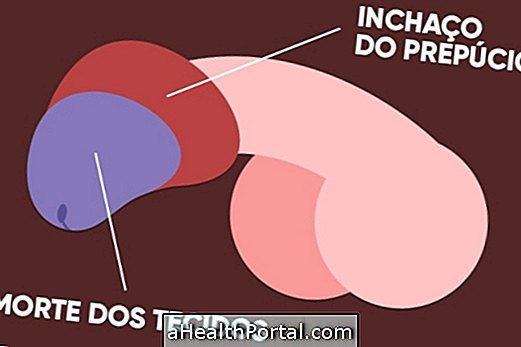Anhedonia is characterized by a loss of satisfaction and interest in performing various activities, such as going out with friends, going to the movies, strolling on the beach, which were previously considered pleasant.
Anhedonia is a very common symptom in depressive states and some psychiatric illnesses and the treatment usually consists of the treatment of the cause that is in its origin, that can be carried out with psychotherapy or with medicines antidepressivos.

Types of anhedonia
The main types of anhedonia are social anhedonia, which consists of a disinterest in the contact with society or in carrying out activities with other people and physical anhedonia, which consists of an inability to feel pleasure in touch, intimate contact or eating, for example.
What are the symptoms
The most common symptoms that manifest in people with anhedonia are difficulty in relationships with other people, negative feelings about oneself and others, difficulty talking to others or showing affection, difficulty adapting to social situations, tendency to show false emotions and loss of sexual appetite.
Possible causes
Anhedonia is one of the main symptoms of depression, but not everyone who has depression suffers from anhedonia. In addition, diseases such as schizophrenia, psychosis, Parkinson's disease, anorexia nervosa, drug abuse and use of medications such as antidepressants and antipsychotics used to treat depression, can also cause anhedonia.
Some risk factors may also lead to anecdotal development, such as the occurrence of traumatic or stressful events, a history of abuse or neglect, illnesses that have a major impact on a person's quality of life or an eating disorder. Know the most common symptoms of an eating disorder.
How is the treatment done?
Anhedonia has a cure, but it can be very difficult to treat. It usually consists of treating the disease that is at its origin, such as depression or another psychiatric illness.
The first option is psychotherapy with a therapist, who assesses the person's psychological state and, if necessary, forwards them to a psychiatrist who may prescribe medications such as antidepressants or remedies directed to the person's psychiatric condition.
Medical follow-up should be done regularly to identify possible side effects caused by the medications and to adjust the dose for better results.
Other treatments that can be used to treat anhedonia are electroconvulsive therapy, transcranial magnetic stimulation and vagal nerve stimulation. Know what electroconvulsive therapy is and how it is done.

